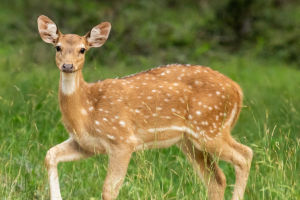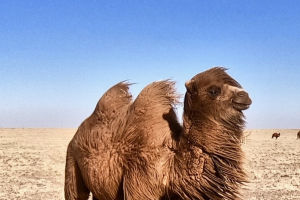Dragonflies are beneficial insects that play an important role in controlling the population of pests in the environment.
Both adults and larvae are carnivorous and prey on a variety of insects, including mosquitoes, flies, moths, bees, and even small animals such as cockroaches in the water.
The diet of dragonflies is impressive, with some species capable of eating up to a thousand small flying insects per day. For example, a horse-headed dragonfly can eat 40 flies or 840 mosquitoes in just one hour.
The larvae of dragonflies are also known to consume large numbers of mosquito larvae, with some capable of eating over 3000 per year.
Dragonflies complete their entire life cycle by winter and lay their eggs in a variety of habitats, including plants, dead trees, dry soil, and the surface of the water.
The eggs of most temperate dragonfly species do not hatch immediately and may wait for several months before the larvae hatch. This non-incubation period is called the lag phase and is intended to allow dragonflies to spend the winter as eggs.
The feeding habits of dragonfly larvae vary depending on their species. For example, dragonfly larvae that inhabit streams typically feed on dinoflagellate larvae, such as mayfly and stonefly larvae, as well as small fish.
Another important aspect of dragonflies is their role as pollinators. Adult dragonflies visit flowers to feed on nectar, and in the process they transfer pollen from flower to flower, helping to fertilize plants and promote plant reproduction.
This is particularly important for wildflowers and other native plants that may not be as well adapted to human-altered landscapes as more invasive species.
Dragonflies are also important indicators of the health of freshwater ecosystems. They are sensitive to changes in water quality and are often the first to disappear when their habitat is degraded.
The presence of dragonflies can be used as an indicator of good water quality, while the absence of dragonflies can signal pollution or other problems.
Dragonflies are also important for their cultural and aesthetic value. Many cultures have revered dragonflies and have attributed various symbolic meanings to them, from representing change and transformation to representing courage and strength. They are also popular in art, literature, and photography.
In conclusion, dragonflies are beneficial insects that play a crucial role in controlling the population of pests, acting as pollinators, indicators of freshwater ecosystem health, and cultural and aesthetic value.
They are important for both ecological and cultural reasons and should be protected and valued.


